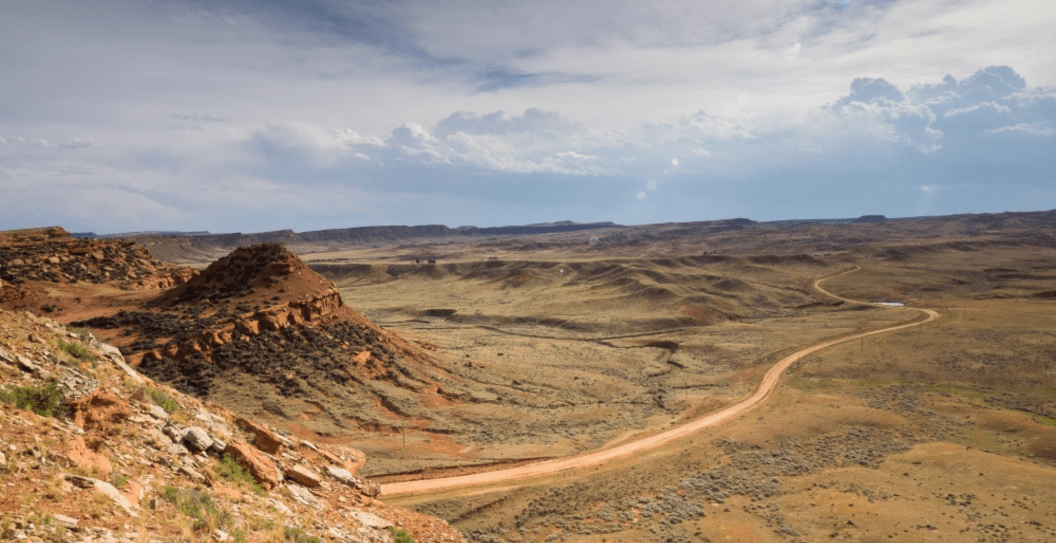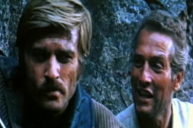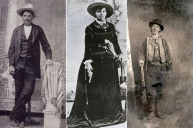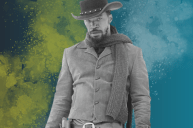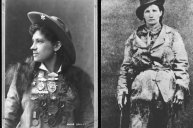In the late 1800s, Robert LeRoy Parker captured the nation's attention with his criminal exploits. Who, you may ask? To most people, Parker is best known as Butch Cassidy, one of the most notorious outlaws of the American West. Along with his partner Harry "Sundance Kid" Longabaugh and a group of bandits —the "Wild Bunch" — Cassidy blazed a path of robberies through the U.S., from Wyoming down into New Mexico and Arizona, and eventually into Mexico.
Along the way, the outlaw gang forged a network of trails that linked up ranches, frontier towns and remote hideouts.
Now, a new book explores these historic locales. "Discovering the Outlaw Trail: Routes, Hideouts & Stories from the Wild West" by Mike Bezemek brings to life the sites and rugged landscapes that played prominent roles in shaping the American frontier.
Part historical nonfiction and part travel guide, the book introduces readers to the sagas about Cassidy, the Wild Bunch and the men — and women — associated with them. The tales are complemented by the author's first-hand accounts of exploring the many sites the outlaws were known to frequent and information on how readers can do the same. Maps and full-color photography by Bezemek elevate the experience.
"I had been going to these routes for years, hiking, backpacking, running rivers there, and I never put all the parts together," he says. "We tend to think of the Wild West as fictional drama. But it was a real period, and things actually happened. These are real stories about real individuals, and they were going to the places that I knew."
Bezemek spent about seven years following all the routes and tracing the movements of Cassidy and his gang through 10 states, with the bulk of the narrative taking place in Wyoming and Utah.
"The Outlaw Trail isn't an actual trial like the Appalachian Trail. It's a series of routes," Bezemek explains. "The idea of the Outlaw Trail started as a figure of speech. When a cowboy turned to a life of crime, people would say that he took the outlaw trail, meaning that he's not coming back to town and is going to have to live out on the land because he's wanted."
In the 1930s, historian Charles Kelly was the first to present the trail as a physical feature in his book, "The Outlaw Trail: A History of Butch Cassidy and His Wild Bunch."
"There were really dozens of routes, and the reason why the outlaws would take certain rugged routes is because it was quite challenging for others to do so," Bezemek says. "So they essentially evaded capture by out-hustling people, which is not too far off from what a lot of people do to find solitude today. They go backpacking, they go mountain biking, they go farther, they go harder, and they find the places that are more difficult to get to. So the Outlaw Trail is both an idea and a series of routes."
Bezemek takes readers from Cassidy's boyhood home in central Utah to the Wyoming Territorial Prison where Cassidy was incarcerated for horse theft, from national parks to ghost towns, to the unforgiving landscapes that shielded the bandits from lawmen. Many of the places still exist, virtually unchanged in more than 120 years.
Here are Bezemek's Top 3 spots to explore along the Outlaw Trail. "The book is really crafted around these three in a lot of ways," he says. "There are other hideouts as well that are easy to get to, but these three have the most historical significance."
Hole-in-the-Wall
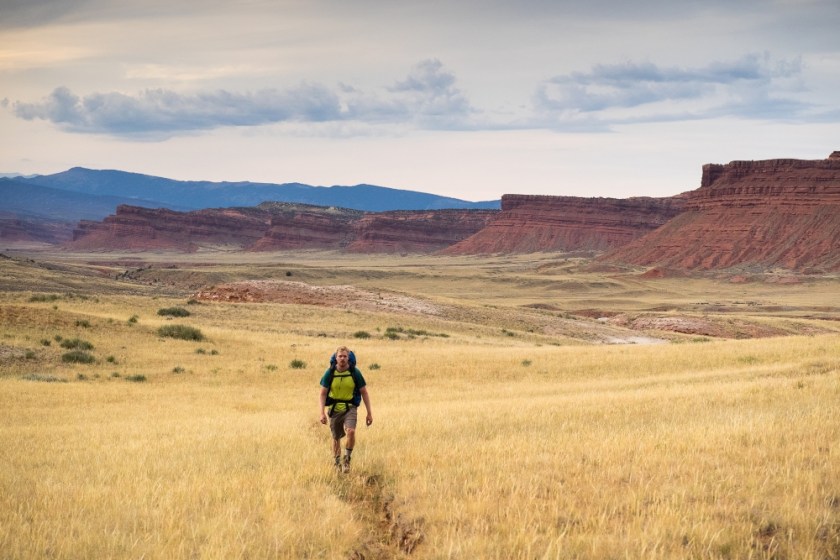
Mike Bezemek
Located about 30 miles southwest of Kaycee in north central Wyoming, the Hole-in-the-Wall landmark was a popular hiding spot for bandits and outlaws during the winter and after crime sprees. Not actually a hole, it's instead a secluded valley protected by towering red sandstone and mountains.
Hole-in-the-Wall was a favorite hiding place in the mid-to-late 1800s for some of the era's most notorious outlaws, including Cassidy and the Sundance Kid, William "News" Carver, Jack Ketchum and others. All were part of the Wild Bunch, also known as the Hole-in-the-Wall Gang, a nickname taken from the picturesque location. Jesse James was also said to have frequented the area. Today, it is part of Willow Creek Ranch, an active cattle and horse ranch.
"Hole-in-the-Wall was one of the coolest places I went to, but it's also one of the hardest to get to. You're going to be navigating unmarked roads, driving on rough 4x4-required roads, hiking in an area where the trails have been disrupted by animal tracks, and then being completely on your own," Bezemek explains. "I spent several days out there on my own, just trying to think through the story [of my book]."
Browns Park
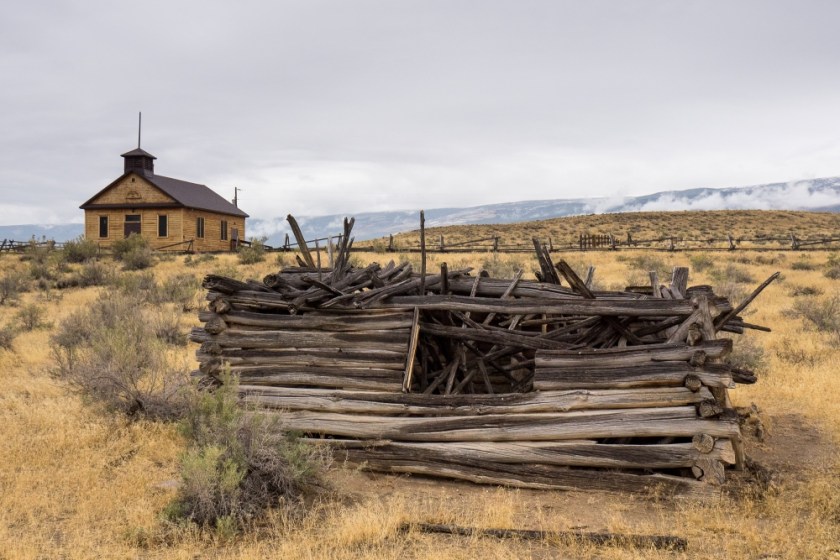
Mike Bezemek
Likely named after Baptiste Brown, an early 1800s French-Canadian fur trapper, this remote valley on the Utah-Colorado border originally was a wintering spot for Ute and Shoshoni tribes. It later attracted trappers and cattle ranchers — as well as horse thieves and outlaws, who were drawn to the isolated location surrounded by mountains.
"This site is a little more accessible than Hole-in-the-Wall. It's a very comprehensive wildlife site that perfectly fits these stories," Bezemek says. "It is one of the most storied hideouts, and a lot happened here."
While Cassidy and the Sundance Kid were the region's most famous residents, others such as Cassidy's good friend William Ellsworth "Elzy" Lay, cattle rustler Matt "Mormon Kid" Warner, former slave and cattle rustler Isom Dart, "Mexican Joe" Herrera, and sisters "Queen" Ann and Josie Bassett also spent time in the valley.
Inside the Utah portion of the park, travelers will find the John Jarvie Historic Site. Jarvie, a Scottish immigrant, farmer and prospector who operated a trading post on the shores of the Green River, was murdered on his property by horse thieves George Hood and Bill McKinley.
"[The site] is one of the first locations I encountered," Bezemek notes. "There were graves and information placards talking about the very violent past — a lot of stabbings, shootings, murders, things like that. The valley today that's in Browns Park is incredibly empty, and it got me thinking, 'What happened here?'"
Now a scenic and recreational destination, the park's eastern section is designated a national wildlife refuge. "It just looks like a kind of agricultural valley, and you'd think no one was ever there. But it was a very different place during the era of the Old West. It really encapsulates the whole idea of boom and bust that happened in so many towns in the Wild West."
Robbers Roost
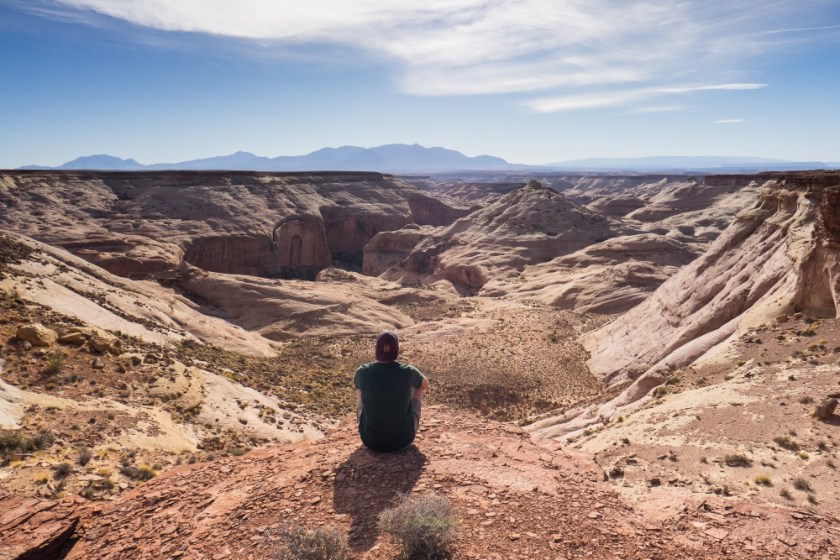
Mike Bezemek
It was here, amid the remote desert terrain and narrow slot canyons of southeastern Utah that Butch Cassidy and Elzy Lay formed the Wild Bunch. Robbers Roost received its name because of its history as a hideout for Cassidy's gang, who would spend months living in the secluded canyons that eluded lawmen.
According to Bezemek's book, the area is essentially a 2,000-square-mile parallelogram. "When people hear the word "hideout," they tend to think of a very relatively small thing like a cabin or cave, but Robbers Roost basically is the size of a national park," the author explains. "Because it is just so big, it was almost like a no man's land. And the outlaws were not afraid to go there, but everyone else was." It comprises parts of Canyonlands National Park, including Horseshoe Canyon and The Maze; the Orange Cliffs unit of Glen Canyon National Recreation Area; and Bureau of Land Management land.
"Robbers Roost is not as remote as Hole-in-the-Wall. Moab is just a few hours away. But it's still really rough," Bezemek notes. "You've got to feel comfortable navigating middle-of-nowhere roads and open desert, changing a flat tire and stuff like that. Or you need to go with a tour.
"Sites like Robbers Roost and Hole-in-the-Wall are interesting because of the fact that they're still so isolated and filled with natural beauty," he continues. "When you're there, you can kind of get the feel for why they made good hideouts."
